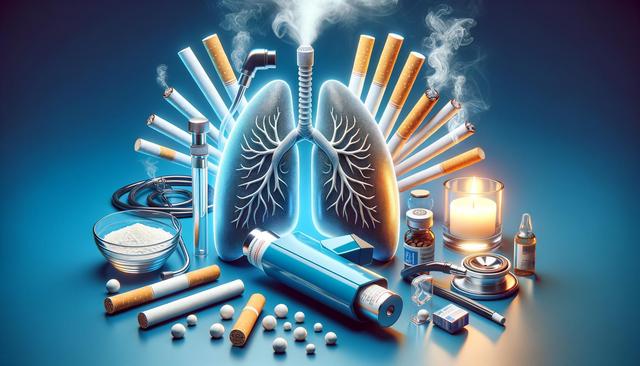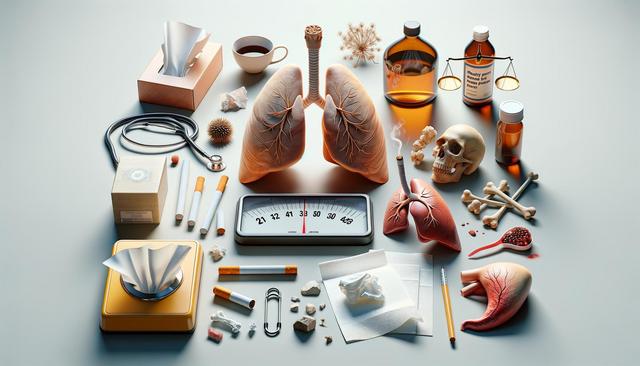What is COPD?
Chronic Obstructive Pulmonary Disease, commonly known as COPD, is a group of progressive lung diseases that make it difficult to breathe. The two primary conditions that fall under COPD are emphysema and chronic bronchitis. People with COPD often experience a gradual decline in lung function, which can eventually interfere with their ability to carry out everyday activities. Although COPD is a serious health concern, early diagnosis and appropriate management can help improve quality of life and slow the disease’s progression. Understanding the nature of COPD is essential for recognizing its symptoms and taking timely action.
Common Symptoms of COPD
Identifying the symptoms of COPD early can lead to better management and a more favorable outcome. Common symptoms include:
- Shortness of breath, especially during physical activities
- Persistent cough that produces mucus
- Frequent respiratory infections
- Wheezing and chest tightness
- Fatigue and low energy levels
Symptoms often start subtly and worsen over time. In the early stages, shortness of breath may only occur during exercise. As the disease progresses, even simple tasks like walking across a room or getting dressed can become challenging. Monitoring these signs and seeking medical advice when they appear can make a critical difference in managing the condition effectively.
Primary Causes of COPD
Several factors contribute to the development of COPD. Understanding these causes can help individuals take preventive measures. The most significant causes include:
- Long-term exposure to cigarette smoke
- Exposure to air pollutants in the home and workplace
- Genetic factors, such as Alpha-1 Antitrypsin Deficiency
- History of respiratory infections during childhood
Smoking is the leading cause, accounting for the majority of COPD cases. However, non-smokers can also develop the disease, particularly those who have had prolonged exposure to harmful pollutants. Genetic predispositions, although less common, can play a significant role and should not be overlooked. Recognizing these risk factors can encourage healthier lifestyle choices and early screenings.
Risk Factors You Should Know
While smoking remains the dominant risk factor, several other elements can increase the likelihood of developing COPD. These include:
- Age: COPD is most commonly diagnosed in people aged 40 and older
- Occupational exposure to dust, chemicals, and fumes
- Chronic asthma that is poorly managed
- Socioeconomic factors, including limited access to healthcare
Individuals who work in environments with poor air quality or who have a history of respiratory issues should be particularly vigilant. Regular health checkups and minimizing exposure to known irritants can significantly reduce the risk. Additionally, improving access to medical care and promoting public awareness about COPD can contribute to early detection and better outcomes.
When to Seek Medical Advice
Recognizing when to consult a healthcare professional is crucial for individuals who suspect they may have COPD. It is particularly important to seek medical attention if you experience:
- Persistent cough lasting longer than a few weeks
- Noticeable shortness of breath during daily activities
- Increased mucus production
- Frequent respiratory infections
Doctors may recommend tests such as spirometry, chest X-rays, and blood tests to diagnose COPD accurately. Early intervention can lead to more effective treatment plans, including medications, lifestyle changes, and pulmonary rehabilitation programs. Taking action at the first signs of trouble can make a significant difference in managing COPD and maintaining a higher quality of life.
Conclusion: Taking Control of Your Respiratory Health
Understanding the symptoms and causes of COPD empowers individuals to seek early diagnosis and effective treatment. While COPD is a serious condition, many people manage their symptoms successfully through a combination of medical care, lifestyle adjustments, and continuous monitoring. Staying informed, avoiding risk factors, and maintaining regular communication with healthcare providers can lead to better respiratory health and an improved sense of well-being. Being proactive today can have lasting benefits for your future quality of life.


